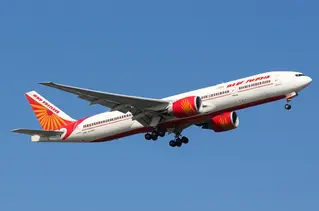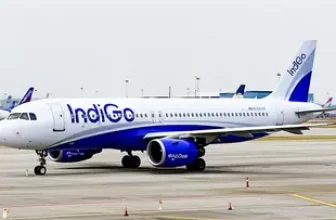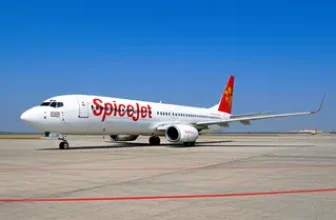
The landscape of aviation in India is set for a significant transformation as capital expenditure (capex) for private airports is projected to soar, particularly for smaller facilities. According to a recent report by Crisil, a leading ratings agency, small private airports are expected to enjoy a capex increase of 50-60% on average over the next three years. This surge can largely be attributed to a substantial uptick in terminal utilization levels, as the demand for air travel continues to rise.
In stark contrast, large private airports, which have seen significant expansions in recent years, are likely to experience a decline in their capital expenditure during this timeframe. Crisil anticipates a general slowdown in overall capex for private airports, estimating a reduction of about 10-15%, bringing the total to approximately ₹40,000 crore across the sector.
The analysis conducted by Crisil encompasses 11 operational private airports and two upcoming facilities, which collectively cater to more than 95% of India’s private airport passenger traffic. Among small private airports, those with capacities of less than 20 million passengers per annum, including airports in cities like Ahmedabad, Guwahati, Jaipur, and Goa, are poised for significant growth.
Between fiscal years 2026 and 2028, the capex for these smaller airports is expected to ramp up by 50-60% compared to the previous three fiscal years. Ankit Haku, a Director at Crisil Ratings, emphasized that these expansions are a direct response to surging travel demand and existing capacity limitations.
The strong recovery of air traffic movement has resulted in an impressive compound annual growth rate (CAGR) of approximately 45% in passenger traffic across small private airports from FY22 to FY25. Notably, while passenger traffic has surged, capacity growth has lagged behind, with a CAGR of only about 20% during the same period. This discrepancy has led to terminal utilization levels soaring from around 60% to 90%, indicating an urgent need for increased capacity.
On the other hand, large private airports will not experience such explosive growth. These facilities have already undergone significant expansion in recent years, which has successfully accommodated increasing traffic and stabilized terminal utilization levels at around 80-85%. As a result, the anticipated capex decline for large private airports presents an opportunity to optimize existing capacities and manage resources more effectively.
Gauri Gupta, Team Leader at Crisil Ratings, pointed out that escalating capex intensity for small private airports is set to exceed two times, but manageable project risk is associated with these expansions. Notably, these projects pertain to existing airports in their respective cities, reducing uncertainty. The expertise of sponsors in managing large private airports and their strong fundraising capabilities further lessen risk factors.
As large private airports hit their capex peaks, the stable regulatory tariff framework in place ensures that rising costs related to capex are reasonably passed through, promoting healthy returns in the sector. This dual trajectory of developments in the Indian airport landscape offers a mixed outlook—while small private airports gear up for a boom, large airports look to maximize existing capacities in the face of a gradually settling landscape.
In conclusion, the increase in capex for small private airports signals a positive shift towards accommodating growing passenger traffic and improving overall travel experiences. While large airports may take a step back from expansion, the dynamic nature of the Indian aviation market will require continuous adaptations to meet the evolving needs of travelers.






